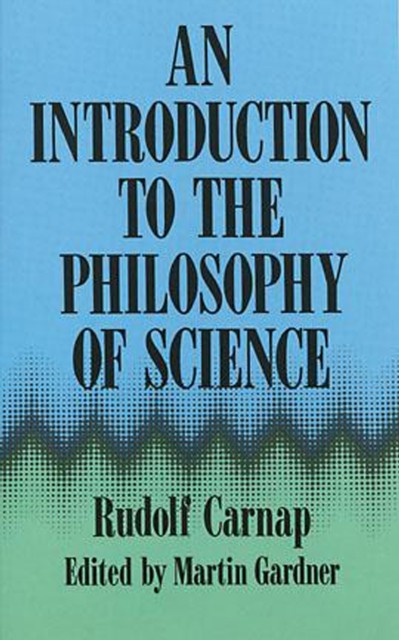
en
Läs i våra appar:
iOS
·Android
An Introduction to the Philosophy of Science
Den här boken är inte tillgänglig just nu
506 trycksidor
- Utgivningsår
- 2012
Citat
- b6231484768har citeratför 9 år sedanobservation is ever completely precise. There is always an element of uncertainty. All laws of science are, in this sense, statistical
- b6231484768har citeratför 9 år sedanThe law does not predict what will happen on any one roll, nor does it say what is certain to happen on sixty rolls. It asserts that, if a great many rolls are made, each face can be expected to appear about as often as any other face. Because there are six equally probable faces, the probability of rolling any one face is %. Probability is used here in a statistical sense, to mean relative frequency in the long run, and not in the logical or inductive sense, which I call degree of confirmation
- b6231484768har citeratför 9 år sedanFor example, a statistical law states that, if a cubical die is rolled sixty times, a given face may be expected to be uppermost on about ten of the rolls.
fb2epub
Dra och släpp dina filer
(upp till fem åt gången)

